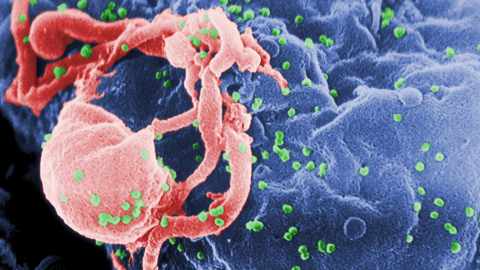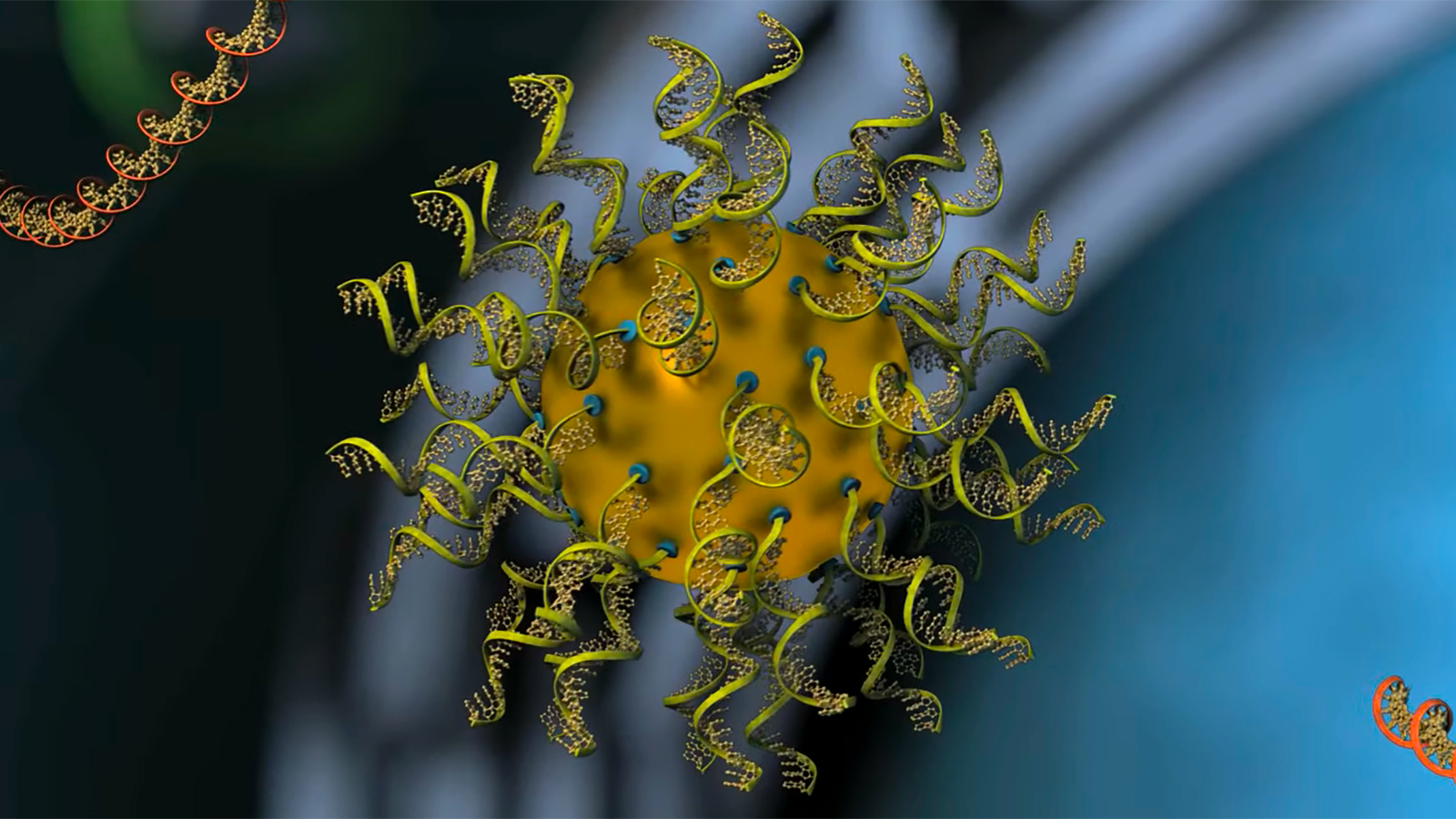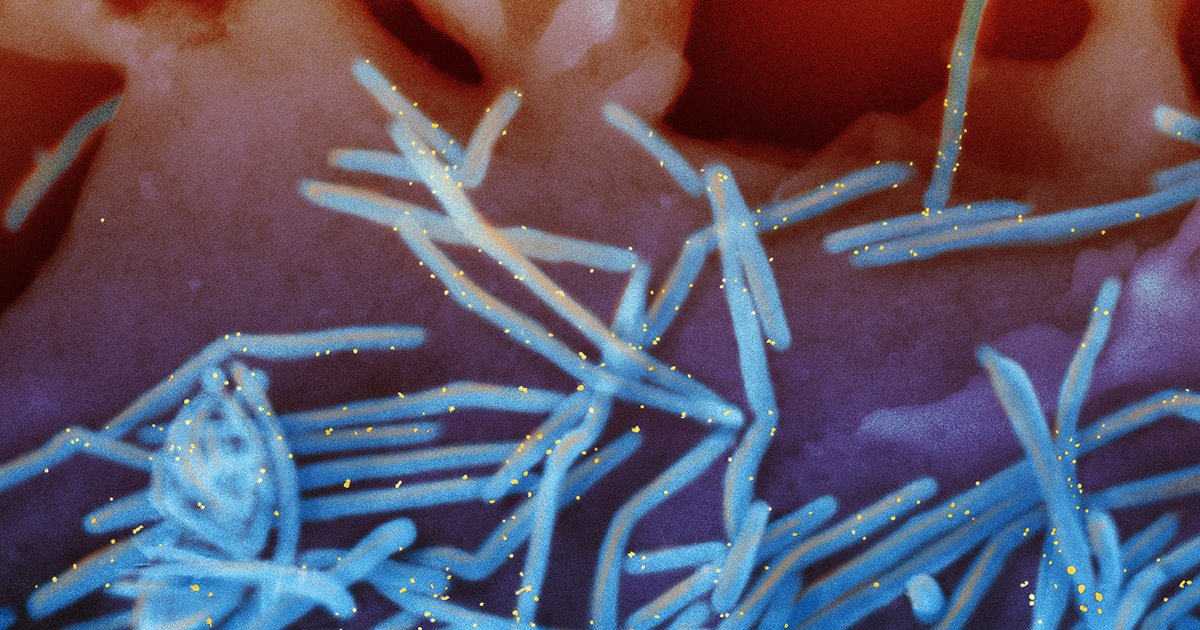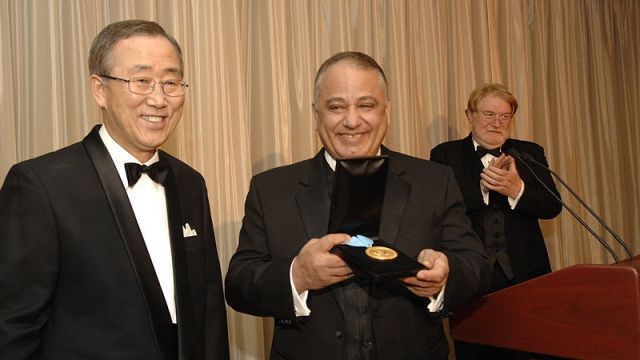The Three Most Promising Avenues of AIDS Research

Just last week it was announced that a daily pill for healthy gay men had proven highly effective in safeguarding them against HIV infection. And earlier this summer, a vaginal microbicide showed modest success protecting women from contracting HIV from male partners who refuse to wear condoms. The search for a “cure”—a word that was taboo just five years ago—is accelerating as well. Below is a quick look at some of the most promising strategies that researchers believe will one day lead to a cure for the disease, which has killed 25 million people to date.
1. Therapeutic Vaccine: Unlike normal vaccines, which are designed to prevent infection, therapeutic vaccines would treat infected people by boosting their immune systems enough to combat the virus itself. About 1 in 300 people infected with HIV have the natural ability to keep the virus in check without antiretroviral treatment. Researcher Bruce Walker, Professor of Medicine at Harvard, has studied thousands of these so-called “elite controllers” to figure out how to translate this to normal immune systems. The goal is containment, not eradication, thus providing what is known as a “functional cure.”
2. Gene Therapy: Because of a rare genetic mutation, an estimated 1 percent of people of Northern European descent are virtually immune to HIV; their T-cells lack a particular receptor (CCR5) that HIV requires to bind to and infect the cell. These are the type of cells that were successfully transplanted into the so-called “Berlin patient,” making him the first man to be functionally cured of the disease. Scientists like Paula Cannon at the University of Southern California are hoping to simulate this cellular immunity by turning off the CCR5 receptors of those with HIV, giving the disease nothing to latch onto. Like a therapeutic vaccine, this type of cure would not eradicate every last bit of virus in the body—but it could deprive the virus of a place to dock, negating the need for anti-retrovirals and rendering the patient non-infectious.
3. Sterilizing Cure: Despite the difficulty of locating hidden HIV reservoirs, some researchers have not given up hope of completely eradicating the virus in the body. So-called sterilizing cures would first seek to contain the virus with anti-retroviral treatment. But, as scientists are well aware, HIV continues to hide in “resting memory T-cells,” having integrated its viral DNA into the cell’s DNA. Antiretroviral drugs block the virus from infecting new cells, so if the reservoir of these memory T-cells could be eliminated, the virus would theoretically have nowhere left to hide. The problem is, these infected T-cells are indistinguishable from uninfected ones. So researchers like Robert Siliciano at Johns Hopkins Medical School are looking for ways to selectively activate the virus in these infected cells, thereby causing the cell to rupture and die. However, this method might prove more complicated if researchers find other reservoirs in the body, which could require different means of activation.





